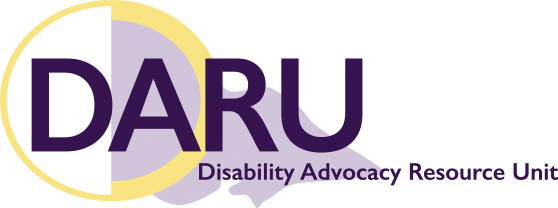TOPIC 2.3: Defining networks
Networks are collaborative not bureaucratic structures that involve autonomous organisations, often responsive to non-governmental stakeholders while also working independently with both government and other network participants.
Networks that government use are collections of organisations that carry out activities on behalf of the public interest for a shared purpose. They are often orchestrated or co-ordinated by a public manager rather than directed by the manager. A key feature of network governance is the recognition that members work both collaboratively and independently at the same time.
A network is a loose confederation: members join together to take collective action in which they share a common interest but retain the primacy of their actions that will protect and advance their own interests.
For public managers effective network governance means collaborating to formulate and implement government policies that are cost effective or bring greater value to the constituents served.
Networks may present a double-edged sword – the more diverse the interests of the network members, the richer the assets are to which public managers can gain access. At the same time diverse network, membership makes it more challenging to find common ground.
As you read through the following examples of networks, see if you can identify any that are prevalent in your agency.
Types of networks
Informational |
Partners come together to exchange information about agency policies and programs, technologies and potential solutions. Any changes or actions are voluntarily taken up by individual organisations themselves. |
Developmental |
Partner information and technical exchanges are combined with education and member services that increase the members’ capacities to implement solutions within their home agencies and organisations. |
Outreach |
In addition to activities of the developmental network, the network patterns develop blueprint strategies for program and policy change that led to an exchange or co-ordination of resources. Decision making and implementation are ultimately left to the agencies and programs themselves. |
Action networks |
Partners come together and make inter-organisational adjustments, formally adopt collaborative courses of action and deliver services along with information exchanges and enhanced technology capabilities. |
Networks are often used to facilitate delivery of community services and emergency services. Three alternative network designs can be considered:
- Shared or self-governed network – may initially be convened by government but over time evolves to shared governance model.
- Lead organisation network – may be supported by agency staff to ensure efficient operations within the network itself.
- Network administrative organisation – agency facilitates co-ordination of human service delivery i.e. a network administrator role providing co-ordination and information but not fully integrating the actions of the various agencies in the network.

Recommended
15 mins
Think about your role as a participant in, or a leader of, a network at work.
- Why was the network formed?
- How is it maintained?
- What results does it achieve for the whole and for its members?

